Good People of vitruta: Cansu Akın
Interview by: Alara Demirel
Cansu Akın first crossed paths with vitruta in 2014, with a Kånken on her back. Sharing her love for fashion, design, travel and music, she began creating content that gradually carved out her own space in the digital world—one defined by intuition, individuality and a clear sense of what speaks to her. Even her background in Geological Engineering finds its way into her work, shaping a way of thinking that speaks not just to the eye, but to the mind as well.
A Radiohead concert, a vintage Mickey figure, a passing conversation at Comedus—moments like these shape her creative world. What started over a decade ago has become a story of self-evolution. In this conversation, you’ll get a glimpse of her long-standing friendship with vitruta, her approach to making, and the emotional connection she builds through her style.
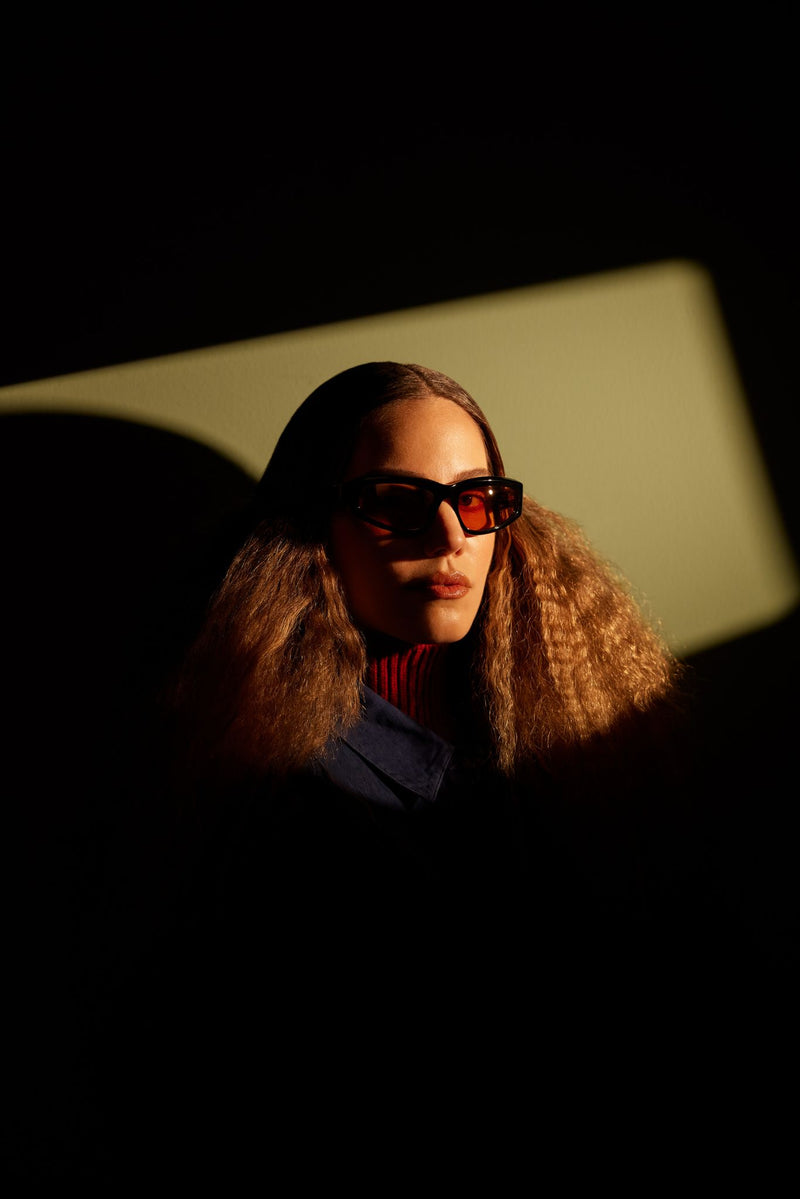
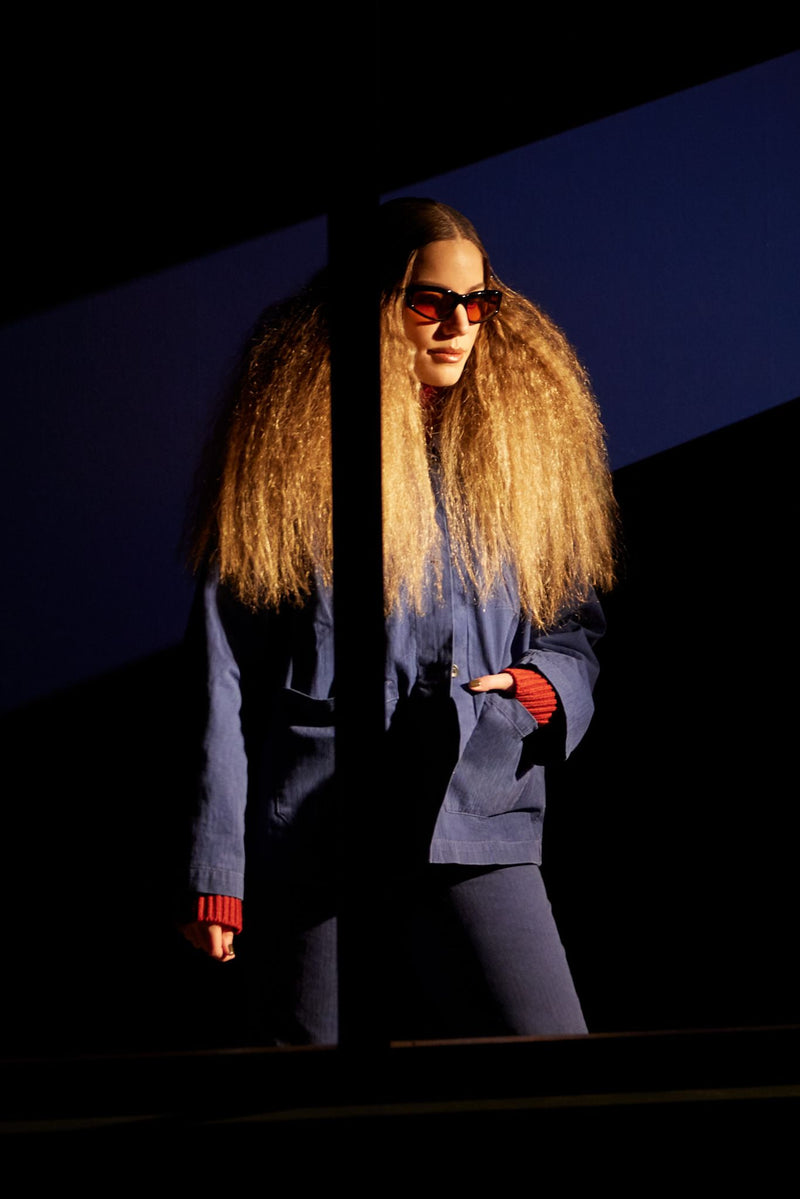
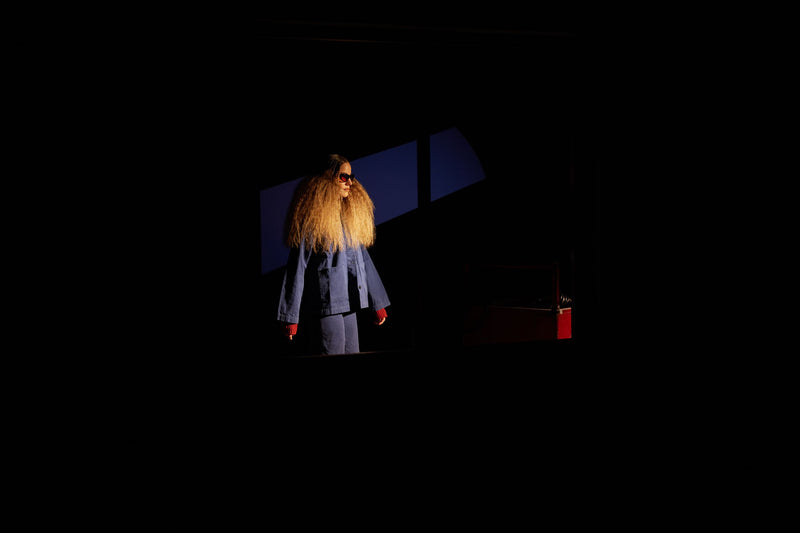
Great to have you here, Cansu! Let’s kick things off with our usual opener: How would you describe yourself to someone who doesn’t know you? Who is Cansu? Where did it all start, what have you done, and where are you now?
Cansu was born in September 1991. When she was six, she moved from Istanbul—first to Izmir, then to Marmaris—and spent most of her childhood in that sweet little coastal town. She returned to Istanbul for high school, studied Geological Engineering at university, and just as she was considering continuing in academia, she decided to start sharing glimpses of her life online. It was something she’d had in mind since high school, and it felt like a natural extension of her personal interests and taste—even as she stepped into the world of engineering. And that’s as far as she can go speaking in the third person!
I’ve always loved sharing the things I truly enjoy—things that feel like they belong to me. Because I love being inspired just as much as I love inspiring others, I started putting myself out there without knowing exactly what it would lead to—following and sharing the stories, images, art, aesthetics and everyday details that excited me.
Sometimes I expressed those things through writing, or through photos and videos. Other times I just held onto the memory of a moment. I started out with no real plan—just pure enthusiasm. But over time, I found myself building a connection with people online who shared the same passions.
Some of them are people I might never meet in real life, and yet, we crossed paths here. This journey slowly took shape on its own. And after all these years, I’d like to think I’ve left behind a story—one that reflects my growth and transformation, across different platforms, in different ways, always in a voice that feels like me.
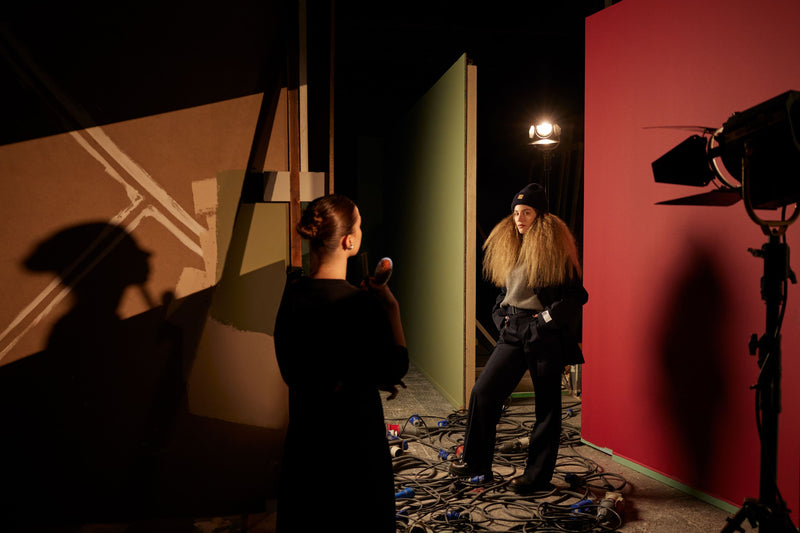
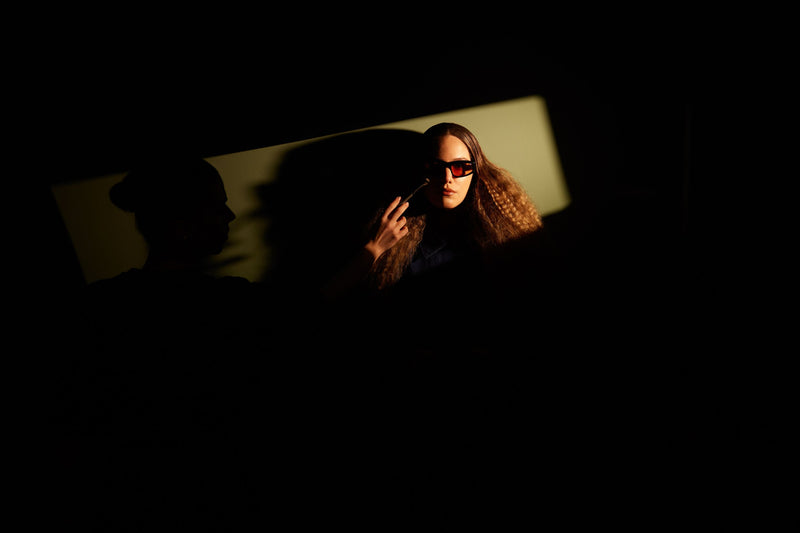
Your story with vitruta actually starts even before vitruta itself. You met Selçuk in 2014, bought your first Kånken around that time and naturally became a “Kånken person” — and that’s what brought you together. Then came a Stockholm trip for a Cheap Monday collaboration, Comedus and Aheste catch-ups, and a bond that’s grown ever since. What does this long-running relationship mean to you?
Oh, I remember those days so well. I was 25, with a Kånken on my back, and we were just two people trying to understand what social media was becoming—or could become. And that was it—off we went! It was our shared taste that brought Selçuk and me together.
We clicked right away, and we’ve stayed close ever since. We've always supported each other and felt proud of the work we’ve done—even though we’ve grown in different industries, we’ve grown alongside each other. We had the most amazing time in Stockholm, and that connection has only continued. What began as a professional encounter quickly became a friendship, and over time, we became important people in each other’s lives.
He holds a very special place in my heart—his work ethic, his vision, his positive energy, and everything he brings to the table whenever we meet. I’m genuinely so happy that we’ve nurtured this friendship over the years.
When I look at where vitruta is today, I think back to the dreams and plans we sketched out at Comedus—and how so many of them have come true. I remember talking about the idea for Good People years ago. And now, here we are. It’s honestly so exciting.
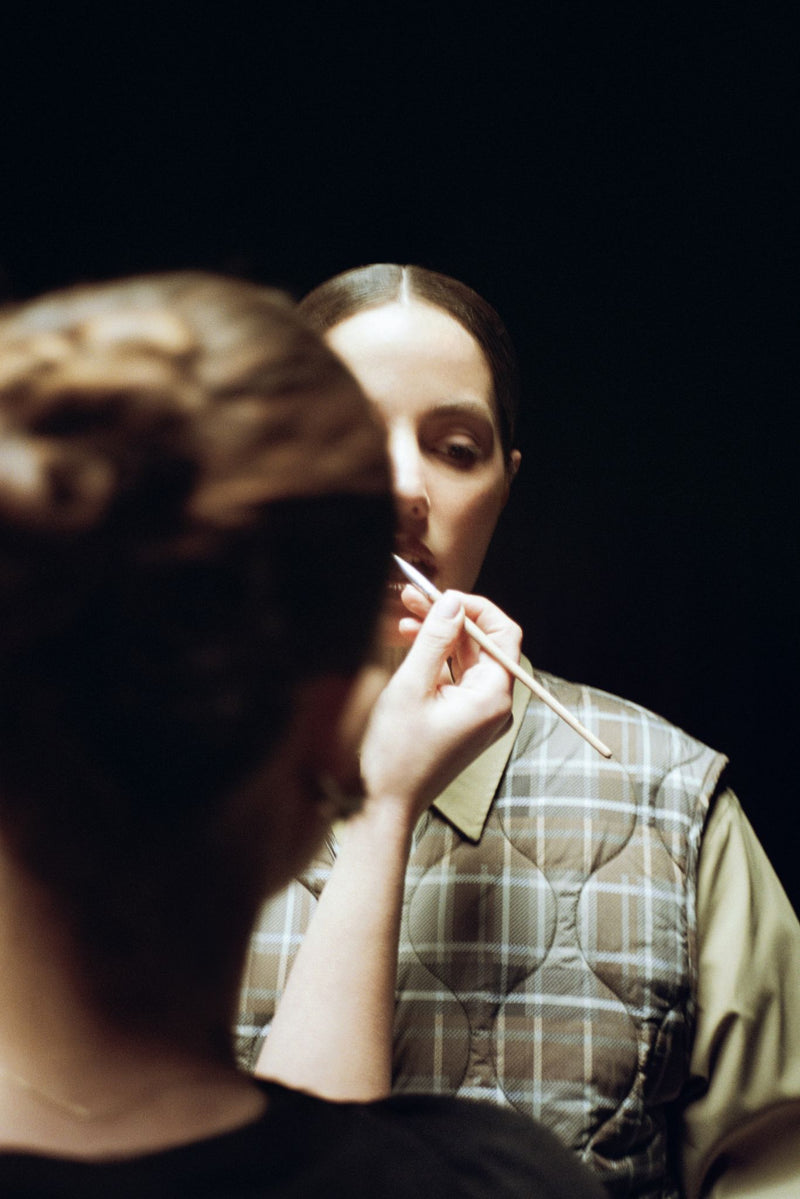
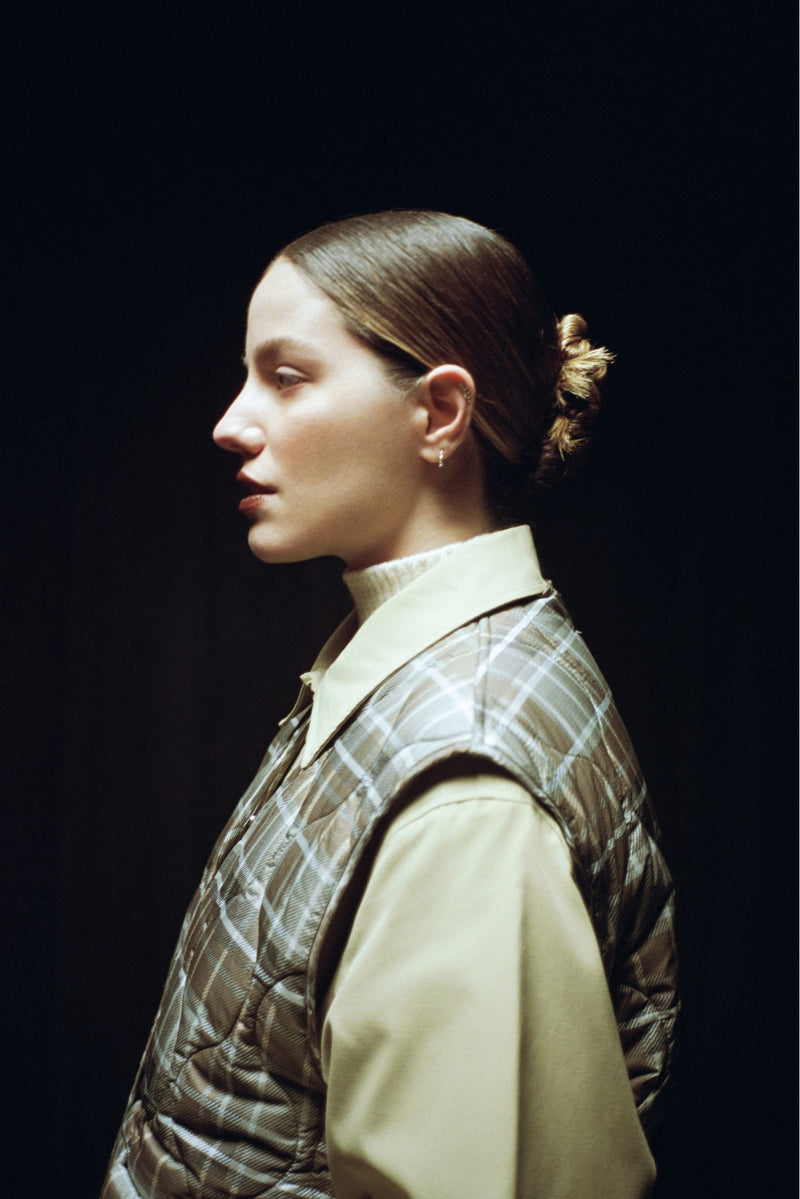
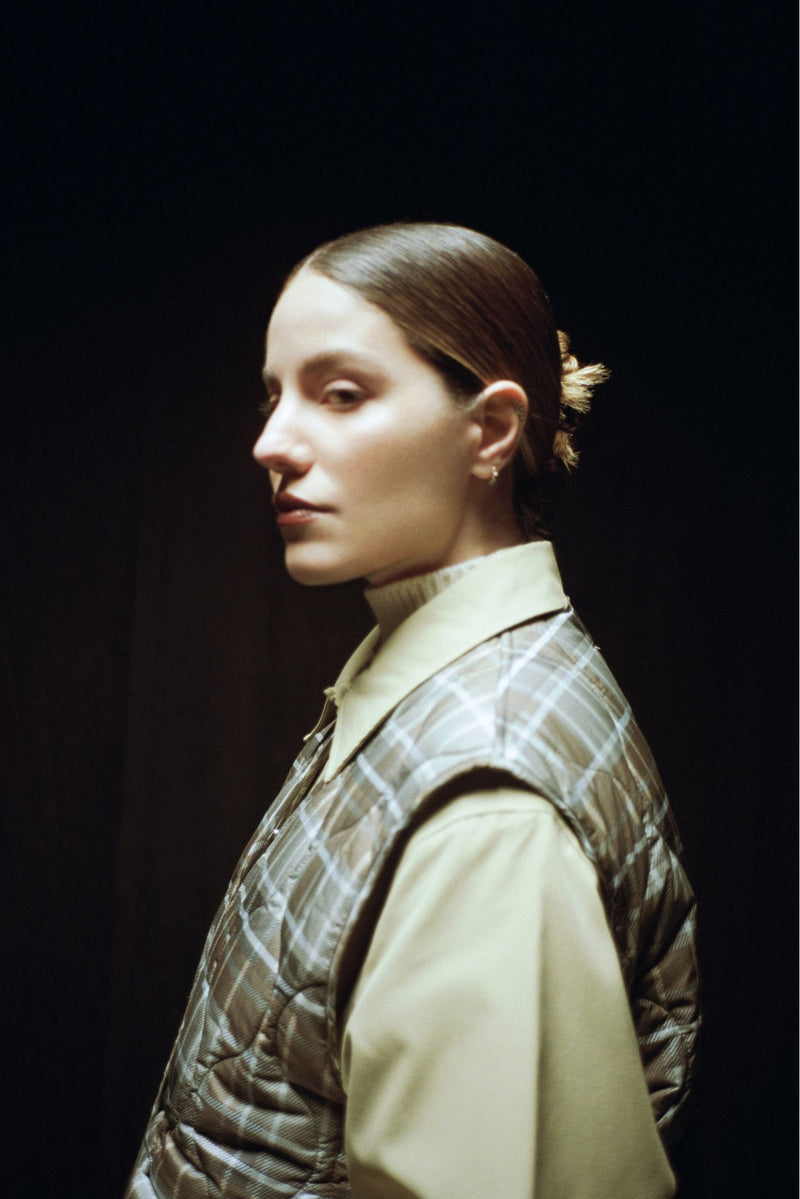
Geological Engineering and content creation sound like completely different worlds—but sometimes, unexpected things come together. Have there been moments when these two fields overlapped in your experience
Sometimes, when I talk to my friends from university, I realise how much our education shaped the way we think across all areas of life. The nature of engineering teaches you to look at things from multiple angles, and I’ve noticed that this shows up in the way I approach content too.
Whenever I’m working on an idea or trying to share something, I tend to move through it step by step, figuring out how to make it as clear and effective as possible. I see it entirely as a creative process, and as I develop a thought into something visual or digital, it opens up unexpected pathways in my mind. It’s one of the most fulfilling parts of my work—and the more time passes, the more I recognise how much my education influences the way I think and create.
At the same time, I genuinely loved my degree. After graduation, I even spent some time working in the field. I still make a point of meeting up with my professors when I can, listening to their latest research, and keeping up with developments in the field.
This discipline helped me see the world and nature through a completely different lens. And thanks to my professors supporting my interests, I’ve also tried to use what I’ve learned to raise awareness around earthquakes and preparedness. Lastly—and I always say this—I love travelling. And when I travel, there’s something really special about observing natural formations and architectural structures along the way.
From “pineapplepieblog” to now, both the internet and the way you create have changed a lot. What do you think about more these days—and what do you care about a little less?
I sometimes think if we could combine the excitement we felt at the very beginning with the experience we’ve gained since, we’d be creating things we couldn’t have even imagined. But honestly, my excitement for this work—for my profession—has never faded. I’ve learned so much along the way, because I’m constantly working on different projects with different people. Every step has added something new. From the outside, it might all look the same, but the truth is, the work never really repeats itself. And I make a conscious effort not to repeat myself either.
Lately, I’ve been putting a lot more thought into photography and video—creating stronger narratives, expressing myself visually in a more intentional way, and pushing myself to grow in that space.
At the same time, with experience, you start caring less about certain things. But the truth is, we’re also living in a time where even the smallest comment can be taken the wrong way. It’s so easy for things to get twisted, and of course, I couldn’t have predicted that when I first started out. That’s definitely made me more cautious when expressing myself—and sometimes, it even leads me to keep certain thoughts to myself.
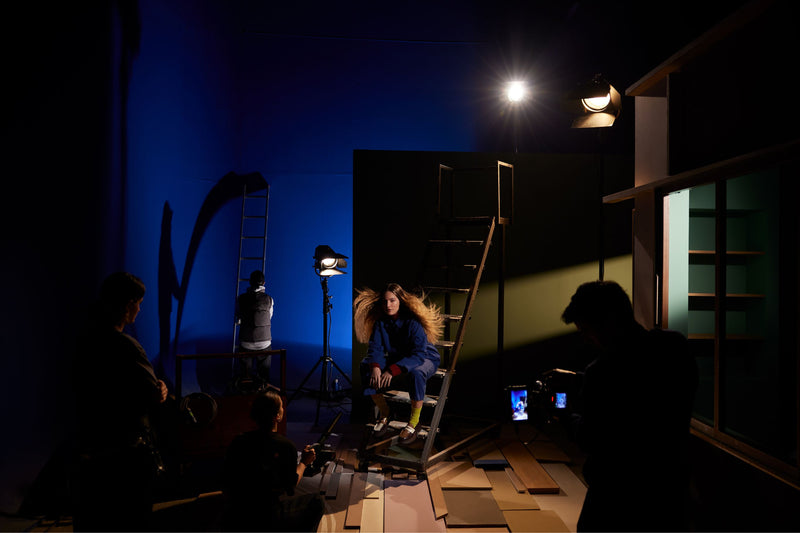
In the past, you were mostly creating on your own or working with smaller teams. Now, you’re part of a much larger production process. What’s been the biggest difference for you? How has your creative process changed?
Creating everything on my own was such a valuable learning curve—I picked up so much during that time. Back then, there weren’t really agencies, managers, or proper systems in place. But after a certain point, taking on every single detail by yourself can start to wear you down. When you’re constantly juggling different tasks, it’s easy to neglect your creative side or fall into repetition.
Working with larger teams and productions has brought a real sense of ease and security. But what’s always been most important to me is staying involved in the work—being part of it creatively, not just showing up. I like to bring a bit of my own “sauce” into everything I do. Of course, it’s great to hand things over to people who know what they’re doing—but moving forward together, exchanging ideas, and making decisions collaboratively feels much healthier to me. Otherwise, there’s a risk of losing touch with the story you actually want to tell.
That’s why I appreciate the comfort that comes with teamwork, but I also love being part of every step—sharing my ideas, thinking things through together, and building something as a group. That’s how it feels like we’re not just working on a project—we’re building shared dreams.
It feels like Tame Impala has kind of become your thing. How did that happen—and what else do you keep going back to?
Yes, that’s probably because I used a Tame Impala track at the start of my videos—it became something people started to associate with me, and I guess now the band kind of feels like mine too.
Music has always been a huge part of my life. I remember so clearly the moments, even from a young age, when a song would hit me like a bolt of lightning. Some of the happiest memories I have are from concerts and festivals. The albums I’ve listened to over the years have definitely shaped who I am today.
Music’s been there in moments when I’ve found myself, lost myself, when I’ve tried to make sense of how I’m feeling—or when I’ve just needed something to float in. Sometimes it pulled me out of depression, sometimes it dragged me deeper into it. And sometimes, the intensity of that connection has even scared me a little. I say concerts make me happy, but honestly, I’ve also cried through some of them—out of happiness. That’s definitely true when it comes to Radiohead. And of course, I can’t list them all, but here are a few albums that have brought me back to myself over the years:
• Mazzy Star – So Tonight That I Might See (1993)
• Radiohead – The Bends (1995)
• Placebo – Without You I’m Nothing (1998)
• Radiohead – Hail to the Thief (2003)
• Muse – Absolution (2003)
• Arcade Fire – Funeral (2004)
• Radiohead – In Rainbows (2007)
• Grizzly Bear – Veckatimest (2009)
• Midlake – The Courage of Others (2010)
• Arcade Fire – The Suburbs (2010)
• Two Door Cinema Club – Tourist History (2010)
• Jessie Ware – Devotion (2012)
• Beach House – Depression Cherry (2015)
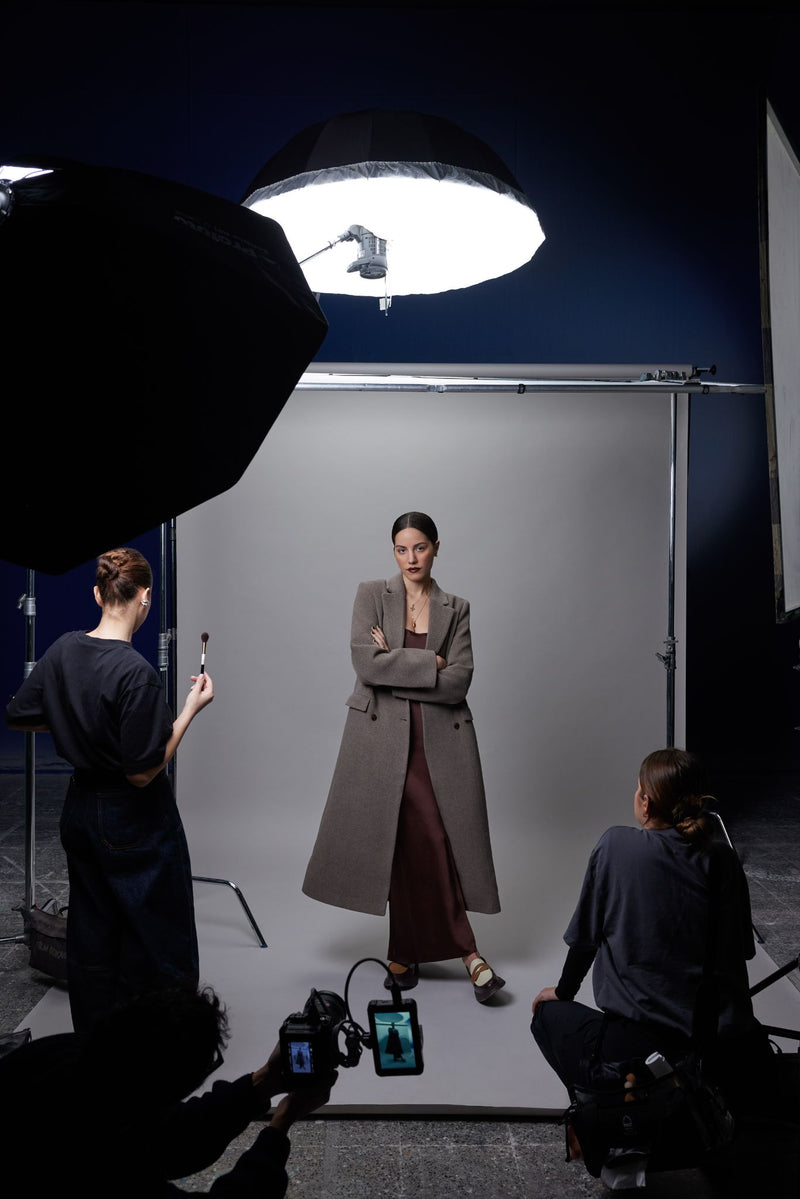
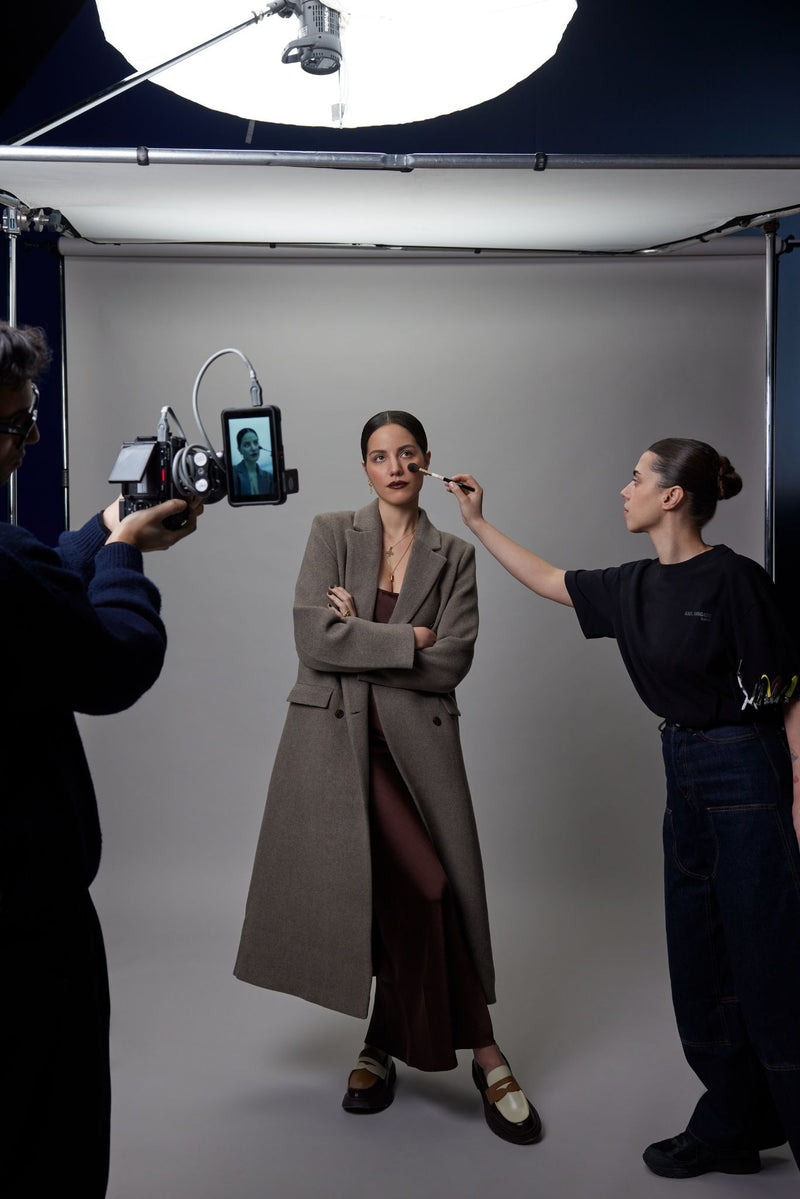
We know you have a thing for interior design—and we can practically hear you saying “Wrap it up, please!” when you spot a bold print. What does a space need to have to really draw you in? Which designers, movements or places inspire you the most?
Wrap it up, please! You know that feeling when you step into a space and you just get its energy? That’s what I mean by spirit—and I think that’s the first thing a space has to have. Then there’s the lighting. That really helps me connect with a place. And colour—colour always gets me, no matter what. I also love a well-balanced layout.
I’m a sucker for contrasts—the blend of old and new, the balance between modern and rustic, the textures and lived-in feeling of a space. A few favourites come to mind straight away: Ettore Sottsass and Osamu Noguchi; Renzo Piano’s attention to detail; the kinetic energy of Alexander Calder’s work; and how Tadao Ando uses even the smallest emptiness as a design element.
Let’s get into something personal: is Mickey Mouse just a nostalgic figure for you, or does he hold a more specific meaning? And when you collect things, what makes something worth keeping?
Mickey Mouse is definitely nostalgic for me—he feeds my inner child. But he’s also a whole culture! He reminds me of fun, of innocence. So when I come across a vintage Mickey piece, I honestly can’t resist.
When I’m collecting, I’m drawn to things that feel strong in design, that are original, that have a past—or simply tell a story. I usually go for pieces that spark something in me, that feel one-of-a-kind in a way only I can define.
You travel a lot for work. Are there any cities that feel like a perfect fit for you? Which places inspire you, relax you, or spark your curiosity the most—and why?
One of my favourite parts of what I do is getting to travel. Wherever I go, I try to find something that inspires me or pushes me forward in some way. New York feels like a first love—always inspiring, always firing me up to be productive and creative.
Copenhagen reminds me of the kind of life I’d like to live. It’s calm, minimal and makes me feel like myself. Vienna and Salzburg are places I got to explore back when I was studying engineering—I completely fell for their nature. They’re the most relaxing cities I know.
Cape Town made me fall in love with the planet. There’s something about the energy there that I feel in the deepest way. And Paris… it might sound like a cliché, but I’ve been there so often for work that it’s started to feel like a second home. Visually and aesthetically, it feeds me more than most places.
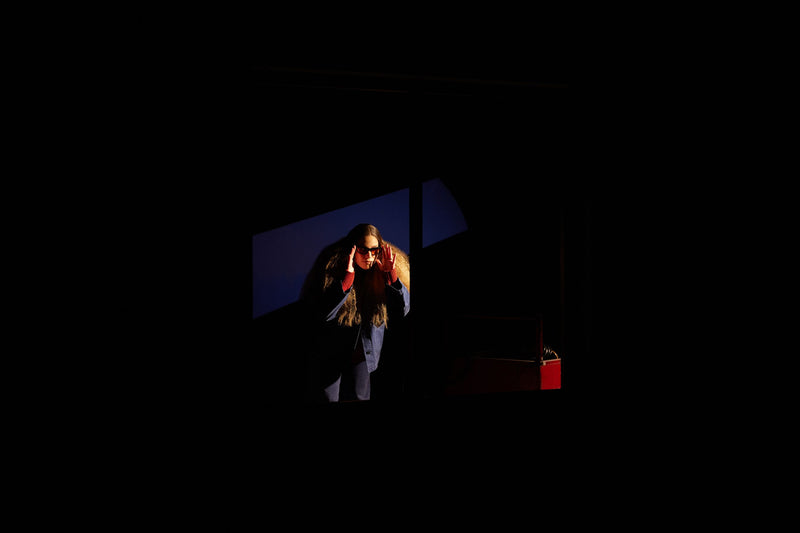
Some clothes just feel better with age. We’ve noticed you often repeat key pieces in your outfits. Even though you work in an industry that sits at the centre of consumer culture, you clearly have no problem wearing the same thing more than once. What does it take for a piece to hold long-term value in your wardrobe? What are your criteria?
I'm so happy you noticed that. I’m someone who attaches meaning to every single piece in my wardrobe—so yes, I love wearing things on repeat and actually highlighting that choice. I feel like the more I wear something, the more meaning it gains. We build memories together. I know I work in an industry that reflects consumer culture, but sustainability is really important to me. I shop based on feeling. The things that make it into my wardrobe are usually pieces that reflect my mood or where I’m at—and the ones that align with that tend to stay.
If I can inspire people who follow me—and that’s something I’ve always hoped for—I try to show how the same item can be worn in different ways. And honestly, people who’ve followed my content for a while have even formed little connections with some of those pieces too.
As for what makes something worth keeping... Quality is the first thing I look for. I want things that will stay with me for years. I’ve noticed I usually avoid trend-driven items. I’m more drawn to what you’d call timeless pieces.
I also want to feel like there’s a bit of me in the clothes I wear. If something doesn’t feel comfortable, I know I won’t reach for it again—so comfort is always near the top of my list. And finally, the story. Sometimes it’s about who I was when I decided to buy that piece. Sometimes it’s the story the item carries with it. Either way, that’s what makes it hard to let go of.
And for the last question… What comes to mind when you think of “vitruta” and “Good People”? It could be anything—a brand, a neighborhood, a person, a color, or an event.
When I think of “vitruta” and “Good People,” the first thing that comes to mind is that Pera spirit—balanced with a touch of Scandinavian calm. Because of the role it’s played in my life, it also makes me think of Selçuk, and of course, my Kånken.
It’s a good glass of wine. A deep shade of green. Meaningful conversations. And a gathering of thoughtful, creative, inspiring and genuine people—brought together by something they care about.
You can click here to see the products Cansu Akın used and chose in the shoot.